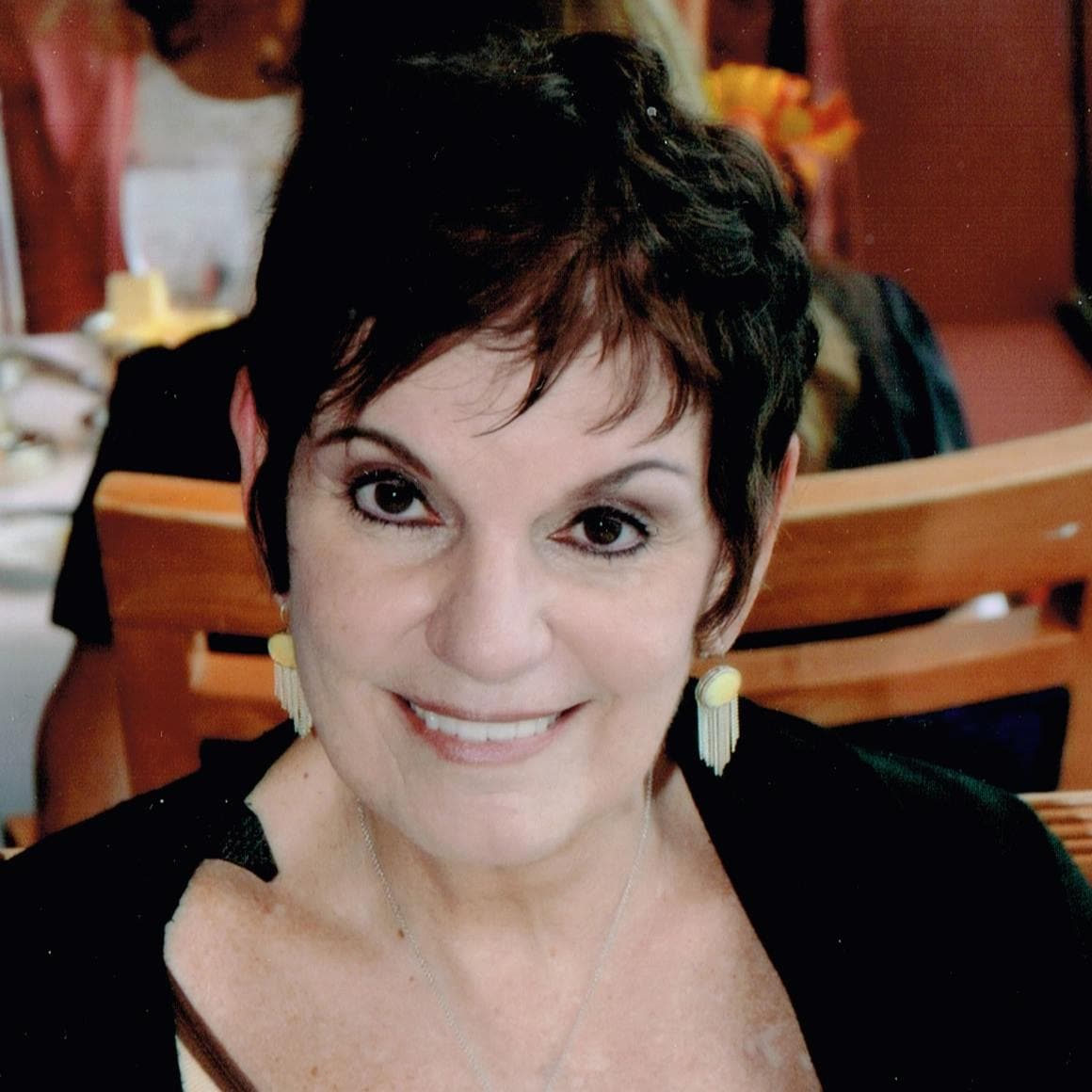Internet Addiction: Spending Too Much Time Online…and Much, Much More



Rita Milios, LCSW, "The Mind Mentor," combines the science of neuro-biology, traditional psychotherapy techniques, and spiritual growth techniques gleaned from ancient wisdom traditions to help people re-program old, entrenched, self-defeating habits and attitudes and successfully treat anxiety, depression, addictions (substances, people, things), eating issues, relationship issues, trauma, life transition issues and grief.




Rita Milios, LCSW, "The Mind Mentor," combines the science of neuro-biology, traditional psychotherapy techniques, and spiritual growth techniques gleaned from ancient wisdom traditions to help people re-program old, entrenched, self-defeating habits and attitudes and successfully treat anxiety, depression, addictions (substances, people, things), eating issues, relationship issues, trauma, life transition issues and grief.
Do you spend too much time on the Internet? And how much time is “too much”? Just about any activity can be overdone, but when does one’s Internet activity become problematic?
We are an intensely connected society. Between the use of the Internet via our computers and our cell phones and tablets, many of us dedicate an extraordinary amount of our free time to “screen time.” A new (July 2016) report on CNN.com stated that Americans spend almost eleven hours a day on “screen time” for non-work-related activities. There is growing concern regarding this excessive gadget usage, and not surprisingly, it has been linked to obesity, especially in teens and young adults.
Studies on excessive Internet use and the problems it creates have been a source of debate in psychological communities for a number of years. It has become commonly considered that overuse of the Internet is a real issue that needs to be addressed. But is it just a social problem? Is it a form of compulsion? Or is it a true addiction? If it is an addiction, is Internet addiction a unique disorder in itself, or is it a form of impulse-control disorder, or obsessive-compulsive disorder?
These are the arguments that researchers are having, and the final outcome will decide if, and under what label, “Internet addiction” is listed in the next version of the book of psychological disorders (the Diagnostic and Statistical Manual; DSM) that clinicians use to diagnose mental illness.
What Is “Internet Addiction”?
“Internet Addiction Disorder” (IAD) is currently is the most commonly used term to define excessive and problematic Internet usage. It is sometimes also called Problematic Internet Use (PIU) or Compulsive Internet Use (CIU). There are a number of forms of Internet addiction, and some of the most common are:
- Game addiction: obsessive computer game playing
- Information overload: compulsive web surfing or database searching
- Net compulsions: obsessive online gambling, shopping, or day-trading
- Cyber-relationship addiction: over-involvement in online relationships or social media
- Cyber-sexual addiction: compulsive use of adult websites for cybersex and cyber-porn
Who Gets Addicted to the Internet and Why?
Almost any Internet user has the potential to become “addicted” under the right circumstances. But studies show that men are more likely than women to become problematic or addicted users, and teens and young adults are more prone than adults.
A 2012 study, reported in Current Psychiatry Review found that in the U.S., between 1.5% and 8.2% of Internet users exhibited symptoms of problematic usage. Statistics are even higher in other countries and some extreme measures have been taken to curb the problem. For instance, in China 12% of male college students and 5% of female college students are reported to be Internet addicted. In the general Chinese population, statistics indicate that up to 30% of people are problematic users. Chinese “training camps” have been used to wean teens off the Internet. In the United Kingdom, Internet addiction is estimated to affect approximately 18% of college students.
A survey by Kimberly S. Young, international Internet addiction expert and founder of the Center for Internet Addiction, indicated that, among the U.S. Internet-addicted population, about 70% also have another form of addiction–drugs, alcohol, smoking or sex addiction. About half of these are in recovery for their other addictions. Researchers find commonalities in the addictive processes of Internet addiction and other forms of addiction. Internet users, like other addicts, experience pleasurable sensations and stimulation of brain reward-center chemicals, including dopamine, when they take part in their activity, whether it be gaming, online gambling, social networking or texting, etc.
What are the Symptoms of Internet Addiction?
Like any other kind of problematic usage, addiction to the Internet is defined by the behavior having crossed a line, where it now causes problems in one’s daily life, such as:
- Over-importance in one’s life: preoccupation with the desire to take part in the activity (akin to cravings); excessive mental and emotional energy spent on the activity (constantly thinking about the next opportunity to use, etc.)
- Negative impacts to life: strained relationships; financial difficulties, poor work efficiency, etc.
- Mood alteration: getting a “high” effect or an emotionally “numbing” effect (where negative emotions are being escaped from)
- Tolerance: gradual increase of time spent on activity in order to maintain reward sensations
- Withdrawal symptoms: mood is negatively affected if usage is unexpectedly cut short; shakiness or irritability may also occur
- Relapse: tendency to return to problematic usage after attempts to cut down
Treatment of Internet Addiction
There are a number of behavioral and psychological strategies that can help a person who is interested in cutting down their Internet usage and moving from problematic or addicted usage to more normal usage. As in food addiction, most researchers and clinicians agree that in today’s society, total abstinence from the Internet is often too difficult a challenge for most people.
Kimberly Young suggests, in her book, Internet Addiction: Symptoms, Evaluation, and Treatment, the following strategies:
- Disrupt patterns of Internet use; vary schedules of usage
- Use external stoppers (real events or activities that prompt you to log off)
- Set goals for limiting usage and for times when you use (ex: only one hour a day; never right before bed)
- Abstain from a particularly problematic application, game, type of usage (eliminate porn viewing etc.)
- Use reminder cues (ex: cards that remind you of the costs of your Internet addiction and benefits of breaking it)
- Create a personal inventory of all the activities that you’ve stopped engaging in or now can’t find the time to engage in, due to Internet usage
- Attend a support group (or find other social support)
- Engage in family therapy (to addresses relational issues within the family)
Our Promise
How Is Recovery.com Different?
We believe everyone deserves access to accurate, unbiased information about mental health and recovery. That’s why we have a comprehensive set of treatment providers and don't charge for inclusion. Any center that meets our criteria can list for free. We do not and have never accepted fees for referring someone to a particular center. Providers who advertise with us must be verified by our Research Team and we clearly mark their status as advertisers.
Our goal is to help you choose the best path for your recovery. That begins with information you can trust.














